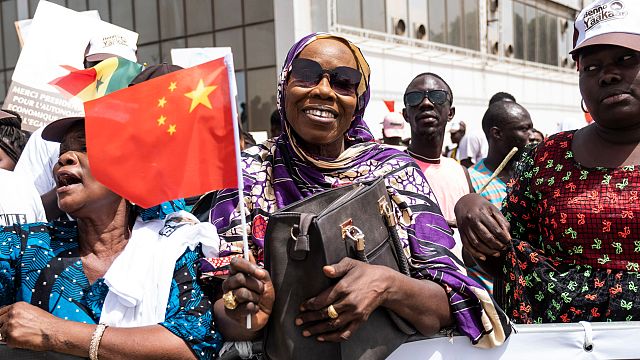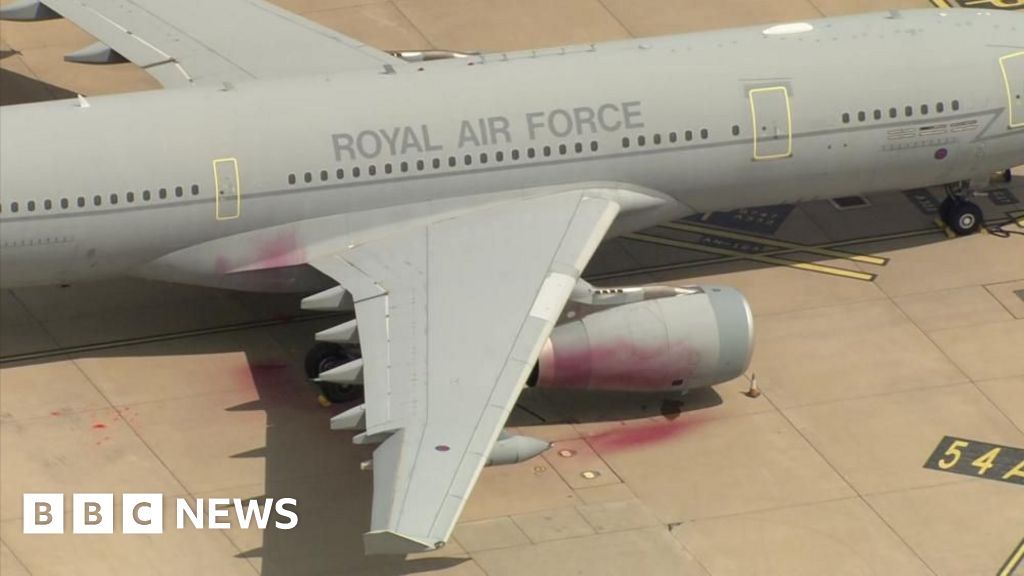Justice Dept. Says the Trump Administration Plans to Re-Deport Abrego Garcia


The assertion raised questions about how seriously the administration takes the criminal charges filed against the migrant. A White House official reiterated support for prosecuting him in America. Less than three weeks after Kilmar Armando Abrego Garcia was brought back from a wrongful deportation to El Salvador to face criminal charges in the United States, the Trump administration indicated on Thursday that it planned to deport him again — this time to a different country. Jonathan Guynn, a Justice Department lawyer, acknowledged to a judge that there were “no imminent plans” to remove Mr. Abrego Garcia. Still, the assertion that the administration intends to re-deport a man who was just returned to the country after being indicted raised questions about the charges the Justice Department filed against him. It was a surprising development when Attorney General Pam Bondi announced on June 6 that officials were bringing Mr. Abrego Garcia back to the United States after weeks of insisting that the Trump administration was powerless to comply with a series of court orders — including one from the Supreme Court — to “facilitate” his release from Salvadoran custody. The administration’s stated reason for doing so was equally surprising: so that Mr. Abrego Garcia could stand trial, Ms. Bondi said, on serious charges of taking part in a yearslong conspiracy to smuggle undocumented immigrants across the United States. During a news conference in Washington, Ms. Bondi assailed Mr. Abrego Garcia as “a smuggler of humans and children and women,” linking him to even more serious crimes like murder and drug trafficking. “This is what American justice looks like,” Ms. Bondi said. “Upon completion of his sentence, we anticipate he will be returned to his home country of El Salvador.” Mr. Guynn’s admission that the administration intends to expel Mr. Abrego Garcia, who is from El Salvador, to a third country raised the possibility that he could be deported before going on trial. His remarks came as the judges overseeing his separate criminal and civil deportation cases struggled to figure out what the government planned to do with him. Shortly after this article was published, a White House spokeswoman posted a message on social media describing news accounts of Mr. Guynn’s statements as “fake news.” On Sunday evening, a federal magistrate judge in Tennessee said that Mr. Abrego Garcia should be released from criminal custody because the Justice Department was unable to prove that he was a flight risk or a danger to the community. But the magistrate judge, Barbara D. Holmes, conceded that he was not simply going to walk free, and that the government was likely to take him into immigration custody as his criminal case moved through the courts. Almost immediately, the Justice Department asked the district court judge handling the case, Waverly D. Crenshaw Jr., to pause the order releasing Mr. Abrego Garcia. In their request, department lawyers seemed to indicate that there was tension between them and their colleagues at the Department of Homeland Security, who they said might seek to deport the defendant “in the near future.” Judge Crenshaw did not take kindly to the suggestion that one part of the executive branch was out of step with another. In a decision ordering Mr. Abrego Garcia to be released from criminal custody, he said that if the defendant were expelled before his criminal case was resolved, it would be an indication of the Trump administration’s priorities. “If the government finds this case to be as high priority as it argues here, it is incumbent upon it to ensure that Abrego is held accountable for the charges in the indictment,” Judge Crenshaw wrote. “If the Department of Justice and D.H.S. cannot do so, that speaks for itself.” The Justice Department had already said that it might seek to re-deport Mr. Abrego Garcia if he returned to the United States. He was sent there wrongfully in March in what administration officials have widely acknowledged was an “administrative error.” But department lawyers made those assertions before they filed the indictment against Mr. Abrego Garcia, and before top officials like Ms. Bondi proclaimed the severity of the charges. Indeed, on the day that Mr. Abrego Garcia was brought back from El Salvador, Todd Blanche, Ms. Bondi’s top deputy, posted a screenshot of the indictment on social media with a sarcastic caption: “Welcome home.” The confusion in Mr. Abrego Garcia’s criminal case spilled over to his deportation case as Mr. Guynn appeared on Wednesday before Judge Paula Xinis, who is handling that second matter in Federal District Court in Maryland. The nominal purpose of the hearing was to figure out a schedule to argue about an emergency request from Mr. Abrego Garcia’s lawyers to effectively bar the government from deporting him again for the foreseeable future. Judge Xinis first asked Mr. Guynn what the government planned to do with Mr. Abrego Garcia when he is released from criminal custody as early as Friday. Mr. Guynn acknowledged that the administration intended to begin the process of removing him to “a third country.” Judge Xinis, sounding surprised, asked how long that process might take. “Thirty seconds?” she said. “Thirty days? Thirty months?” Mr. Guynn conceded that he did not know, but insisted that it would not happen imminently. If the administration sought to deport Mr. Abrego Garcia to El Salvador again, it would likely first have to expunge an existing order barring him from being sent to that country. That order was issued in 2019 after an immigration judge found that he might face danger if sent back to his homeland. In that light, Mr. Guynn’s suggestion that the administration planned to deport Mr. Abrego Garcia to a third country was intriguing. On Monday, the Supreme Court issued a ruling that allowed the White House to deport immigrants to countries other than their own, pausing a lower court’s decision that said migrants must first be given a chance to show that they would face the risk of torture there.
What's Your Reaction?
 Like
0
Like
0
 Dislike
0
Dislike
0
 Love
0
Love
0
 Funny
0
Funny
0
 Angry
0
Angry
0
 Sad
0
Sad
0
 Wow
0
Wow
0






































